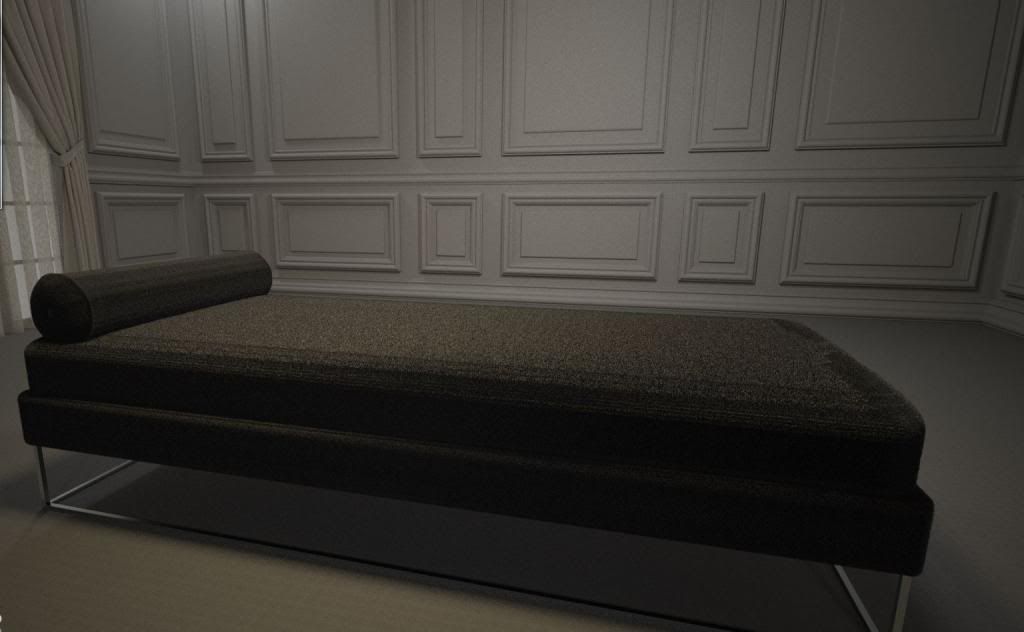- Mon Mar 24, 2014 1:29 am
#379052
Hi,
I think I've read everything there is to read online about how to get materials with displacement layers to behave properly in Maxwell Studio and have had very little success with them. I've run tons of tests and have worked with all of the variables such as subdivision, height of the displacement, the UV layer and even importing meshes with different densities into Maxwell studio..workflow is modelling in Rhino and importing as obj into studio. I really want to figure this out, can someone help??
I think I've read everything there is to read online about how to get materials with displacement layers to behave properly in Maxwell Studio and have had very little success with them. I've run tons of tests and have worked with all of the variables such as subdivision, height of the displacement, the UV layer and even importing meshes with different densities into Maxwell studio..workflow is modelling in Rhino and importing as obj into studio. I really want to figure this out, can someone help??





